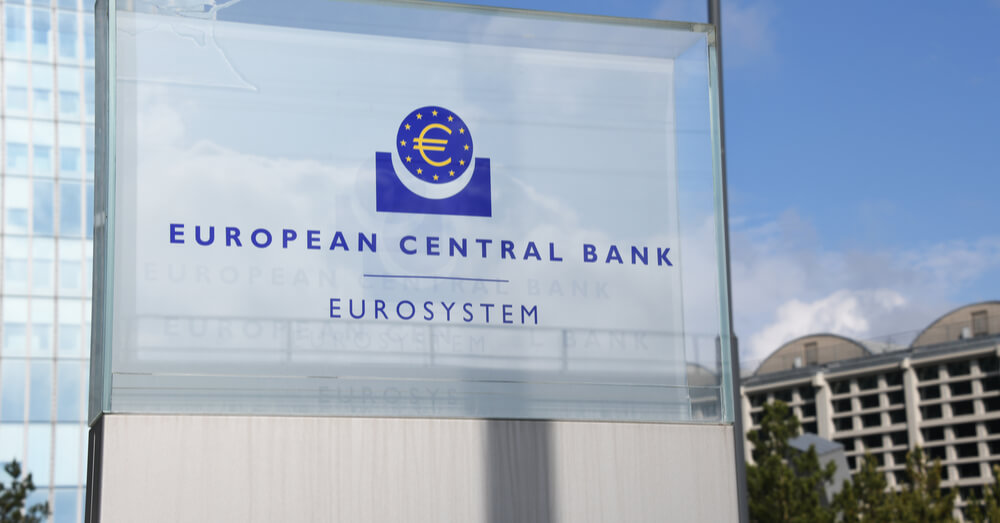
The European Central Bank looks at stablecoins as key instruments that can help consumers meet demand in the payments services, but wants regulators to be proactive in addressing regulatory gaps that can pose risks.
The European Central Bank (ECB) has said that global stablecoins will benefit more from regulatory clarity. In its latest report on the creation and use of stablecoins, the bank acknowledges the benefits these digital assets have for consumers, noting that people now have a way to access payment services in a “fast, cheap and easy to use” environment.
Although new technology has significantly improved payment systems, consumers continue to suffer slow and expensive services from legacy financial service providers. Consumers want better, including access to borderless transactions.
“Stablecoins promise to help cater for such unmet demand for payment services,” the ECB report states.
But the regulator says there is need for a lot more clarity in the regulation of global stablecoins, given there exists the potential for gaps that can jeopardize consumer protection.
In their initial development, stablecoins were intended for use within the crypto ecosystem in trading. They have, however, evolved to include other functions, including being utilised as a payment method, reserve asset, or in cross border transfers. For investors, wild swings in crypto assets can decimate holdings. Transferring assets into stablecoins offer an opportunity to reduce the impact of massive price volatility.
However, stablecoins are issued by various entities, backed by a variety of funds or assets and may exist within the jurisdiction of different regulatory authorities.
Structurally, stablecoins can fall under various regulatory frameworks under EU legislation, the regulator notes. The asset’s management function can qualify as either e-money or an investment fund, the latter coming into play if “proceeds are invested in non-zero risk financial assets.”
The design and use of the asset could also mean that it doesn’t fall within any of the EU’s existing regulatory frameworks.
These varied circumstances could obtain regulatory gaps and mean that global stablecoins may pose potential risks to holders and users. The ECB wants a clear and robust regulatory framework to address such eventualities.
According to their spokesperson, any approval for a global stablecoin like Facebook’s Libra could harbinger such risks. An example is when the stablecoin fails to maintain its peg or is not that “stable.” Users are likely to equate their deposit to the stablecoin’s value and believe that they should be able to instantly convert it back into fiat currencies.
The report thus proposes:
“In order to reap the potential benefits of global stablecoins, a robust regulatory framework needs to be put in place in order to address these risks before such arrangements are allowed to operate.”
But the ECB cautions against instituting frameworks and approaches that could push stablecoins into “a regulatory vacuum.”
Facebook has delayed the launch of its Libra stablecoin following regulatory scrutiny, but could be a truly global stablecoin, as it already has potential access to over 2 billion users.

